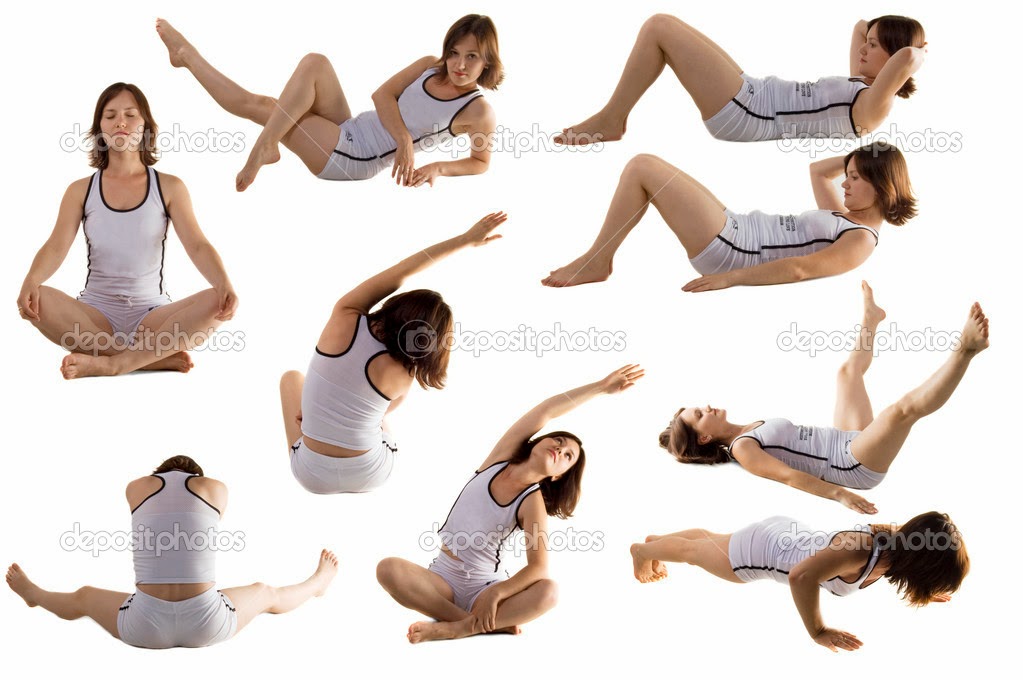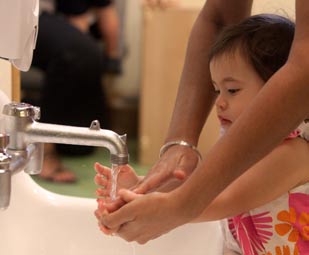Activities For Younger Children
Babies and Children are instinctively active. Daily movement helps to develop their senses and ability to move. When choosing physical activities for babies, toddlers and young children, focus on activities that are fun. All the activities children enjoy increase their ability to move with confidence and competence.
Photo Credit
Activities For Children 0-2 Years
Babies (0-12 months) need plenty of opportunities for unrestricted movement. Choose or create a safe environment that encourages exploring and the development of skills such as reaching, rolling, sitting up, crawling, pulling up, cruising and walking.
Before Baby Can Walk
Photo Credit
Even tiny babies like to stretch and play. A large blanket on the floor (or on the grass, if you're outside) can be a safe, clean and welcoming place for babies to practice lifting their heads or develop strong muscles during ‘tummy time’. It's also the perfect place to learn to roll, creep, crawl and sit. If you put a toy just out of reach, you'll encourage your baby make an extra effort that will help physical development.
Before putting baby on the floor, take a look for potential hazards down at baby level. Stay with your baby at all times to keep things safe.
When Baby Starts To Walk
Photo Credit
Once your child is walking, there'll be no stopping for breath. You can support this new physical mastery by allowing children to be active rather than keeping them confined to strollers.
Provide toys and activities that encourage movement. For example, when you help your child climb a slide at the local playground, you’re building self-confidence and balance. You’re also paving the way for your child to climb stairs.
Playing with your child and giving praise as your child learns to run, hop, dance and throw will provide vital encouragement.
Activities For Children 2-5 Years
Toddlers and Preschoolers need plenty of time to just run around and play – adventure playgrounds, parks and the beach are all great places for kids this age.
Here are some ways to keep physical activity fun:
1) Use a large, soft ball to start teaching the basics of throwing, catching and kicking a ball.
2) Chase bubbles.
3) Play different kinds of music to encourage creative dancing and a sense of rhythm.
4) Invent some silly walks and runs with your child, such as running like a monkey, hopping like a bunny, and flapping like a bird.
5) Encourage your child to ride bikes, scooters and tricycles, and play with push toys such as trucks, doll strollers and toy lawn mowers.
6) Play games that involve rolling, skipping, hopping and chasing.
7) Put the stroller away and walk to the library, park or shops.
Source Link:


































